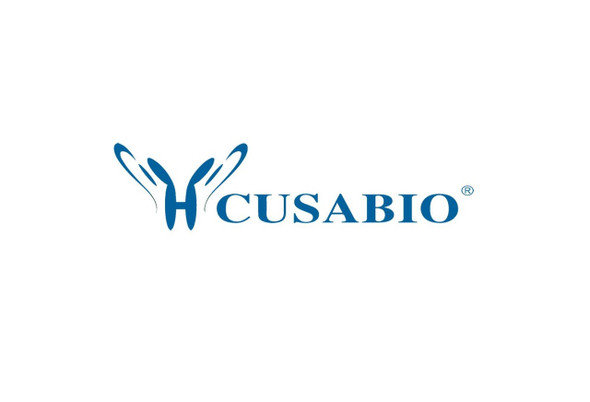Cusabio Active Proteins
Recombinant Human Tumor necrosis factor receptor superfamily member 9 (TNFRSF9), partial (Active) | CSB-AP005151HU
- SKU:
- CSB-AP005151HU
- Availability:
- 5 to 10 Working Days
Description
Recombinant Human Tumor necrosis factor receptor superfamily member 9 (TNFRSF9) ,partial (Active) | CSB-AP005151HU | Cusabio
Protein Description: Extracellular Domain
Alternative Name (s) : CD137; ILA; TNFRSF9; 4-1BB ligand receptor; CDw137; T-cell antigen 4-1BB homolog; T-cell antigen ILA
Gene Names: TNFRSF9
Research Areas: Cancer
Species: Homo sapiens (Human)
Source: Mammalian cell
Tag Info: C-terminal Fc-tagged
Expression Region: 24-186aa
Sequence Info: LQDPCSNCPAGTFCDNNRNQICSPCPPNSFSSAGGQRTCDICRQCKGVFRTRKECSSTSNAECDCTPGFHCLGAGCSMCEQDCKQGQELTKKGCKDCCFGTFNDQKRGICRPWTNCSLDGKSVLVNGTKERDVVCGPSPADLSPGASSVTPPAPAREPGHSPQ
Biological Activity: The ED50 as determined by its ability to bind Human TNFSF9 in functional ELISA is less than 20 ug/ml.
MW: 44.2 kDa
Purity: Greater than 95% as determined by SDS-PAGE.
Endotoxin: Less than 1.0 EU/µg as determined by LAL method.
Relevance: Tumor necrosis factor receptor superfamily member 9 (TNFRSF9) , also known as CD137 and 4-1BB, is an inducible T cell surface protein belonging to the tumor necrosis factor receptor superfamily. It is a single-pass type I membrane protein which contains 4 TNFR-Cys repeats. The human and mouse proteins share 60% amino acid sequence identity. CD137 is expressed by mesenchymal cells, including endothelial cells, chondrocytes, and cells of the central nervous system. CD137 is also broadly expressed by cells of the human immune system, is broadly expressed by cells of the human immune system, including activated CD8+ and CD4+ T cells, activated natural killer (NK) cells, follicular dendritic cells (FDCs) and monocytes. CD137 has diverse roles in the immune response, the one key function is to promote the survival of both T cells and dendritic cells by binding the cognate ligand CD137L (4-1BBL) .
PubMed ID:
Notes: Repeated freezing and thawing is not recommended. Store working aliquots at 4℃ for up to one week.
Function: Receptor for TNFSF9/4-1BBL. Possibly active during T cell activation.
Involvement in disease:
Subcellular Location: Membrane, Single-pass type I membrane protein
Protein Families:
Tissue Specificity: Expressed on the surface of activated T-cells.
Paythway:
Form: Lyophilized powder
Buffer: Lyophilized from a 0.2 μm filtered 1xPBS, pH 7.4
Reconstitution: We recommend that this vial be briefly centrifuged prior to opening to bring the contents to the bottom. Please reconstitute protein in deionized sterile water to a concentration of 0.1-1.0 mg/mL.We recommend to add 5-50% of glycerol (final concentration) and aliquot for long-term storage at -20℃/-80℃. Our default final concentration of glycerol is 50%. Customers could use it as reference.
Uniprot ID: Q07011
Uniprot Entry Name:
HGNC Database Link: HGNC
UniGene Database Link: UniGene
KEGG Database Link: KEGG
STRING Database Link: STRING
OMIM Database Link: OMIM









